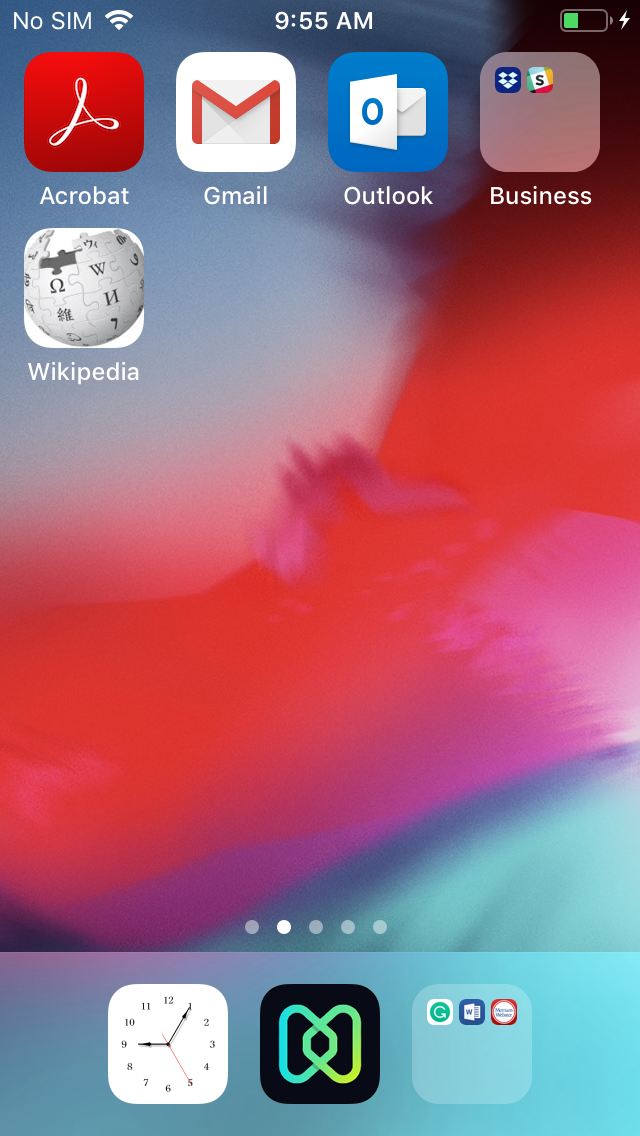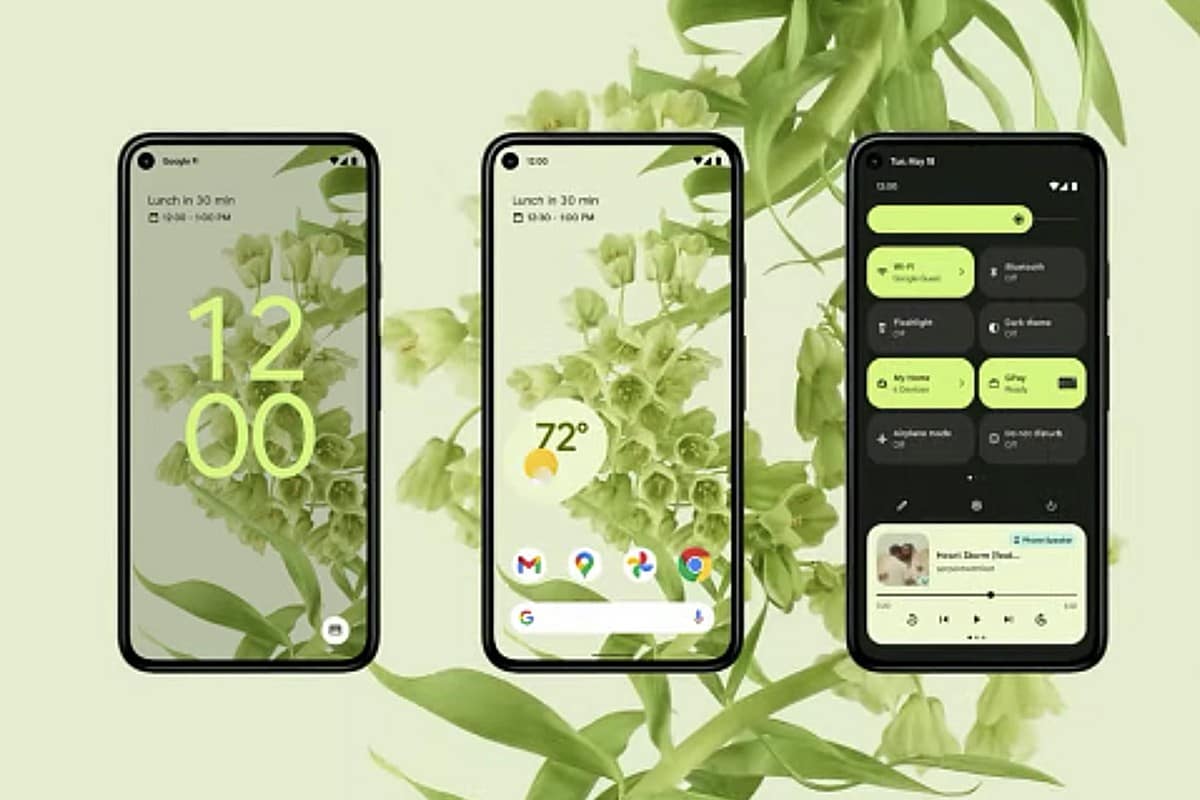
The other shortcut (the WhatsApp icon located at the top of all the others) allows me to immediately text my husband.
#Android home screen layout Bluetooth#
One shortcut (the wrench icon) launches my System UI Tuner settings to further customize my status bar – I can show or hide icons on the right side of the bar like the Bluetooth icon, WiFi icon, Mobile data icon, etc. I have also created a couple of shortcuts. It runs in the background at all times and if it detects and recognizes a song that is playing, it displays the song title and the artist in this list. The blue musical note icon is the “Now Playing” history. On my main home screen, I have placed all my most commonly used apps as shown in the screenshot above.
#Android home screen layout android#
I’ve changed a few things on my Pixel 2 XL’s main home screen since the last Gadgeteer post on this topic, but one thing has remained the same – I continue to love the Android OS because it is so customizable. Once an app gets to the point where I find myself going to it on a regular basis, it gets promoted to a folder on my home screen! Kathleen Chapman That’s where I keep all the apps for new gadgets I am testing, games I may be playing with, or apps that I am evaluating.

Once you get past the home page, you’ll find a sea of chaos. To balance order and chaos, I keep a set of folders on my home screen with my most used apps so that I can quickly find the important stuff. When it comes to organization, I usually have more apps that I am playing with than my sanity can handle. The black background saves on battery even if it is a little boring. I rarely change the layout of the folders and each one has a specific theme (utilities, communication, shopping, social media, etc…). By keeping everything on one screen I’m never swiping looking for apps. I have nine folders that include my most-used apps, contacts, and driving destinations. I’m using a Google Pixel 3, running Android 11 on the Google Fi network. I’m all about minimalism and conserving battery power and my home screen conveys it. I also never thought I’d have an app for my CAR, but I got a Tesla Model 3 in September 2019, which now feels like an eternity ago. Zoom has overtaken many things, so I created a folder just for conferencing apps, including FaceTime and Microsoft Teams. I never used FaceTime in the past, and sadly I still don’t. Andy Chenĭifferent year and phone of course from before, but totally different way of life with a pandemic. I don’t have everything arranged nicely, instead if I need an app, I go to my App Library. To remove the application hit the x on the top right of the icon.I don’t use a lot of apps, and a lot of those on my phone (Mario, Snap Chat) were put there by my kids. To re-position the application or move the application to the dock hold the icon and drag to desired location. Selecting the application from the dropdown will add the application to the current page. Note, app icons will not populate for unrecognized bundle IDs but the home screen layout will enforce if the app is installed. This allows home screen control of applications that are are not listed in the store, or are not added to the apps page of SM.

A bundle ID (such as ) can be entered manually if the desired app cannot be found in search. Searching for "Calculator" would populate the built in calculator app () as well as results from the app store. For example, searching "Meraki " would return options from the app store such as the Meraki Systems manager app, the Meraki dashboard app, and the Meraki Go apps. Entering text in the "Add app" box will search for native iOS apps, store apps, and the SM apps page. If less than 50 apps are added to the apps page, native iOS apps will be included in the suggestions. The dropdown will suggest up to 50 apps, prioritizing the most recent entries to the apps page. Select a suggested app from the dropdown.Applications can be added through the Add app dropdown.


 0 kommentar(er)
0 kommentar(er)
